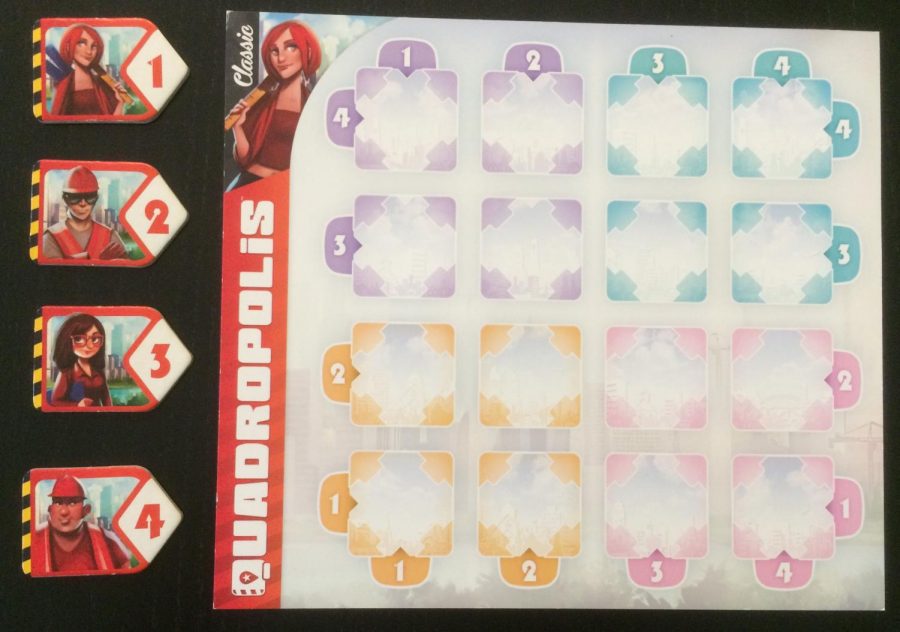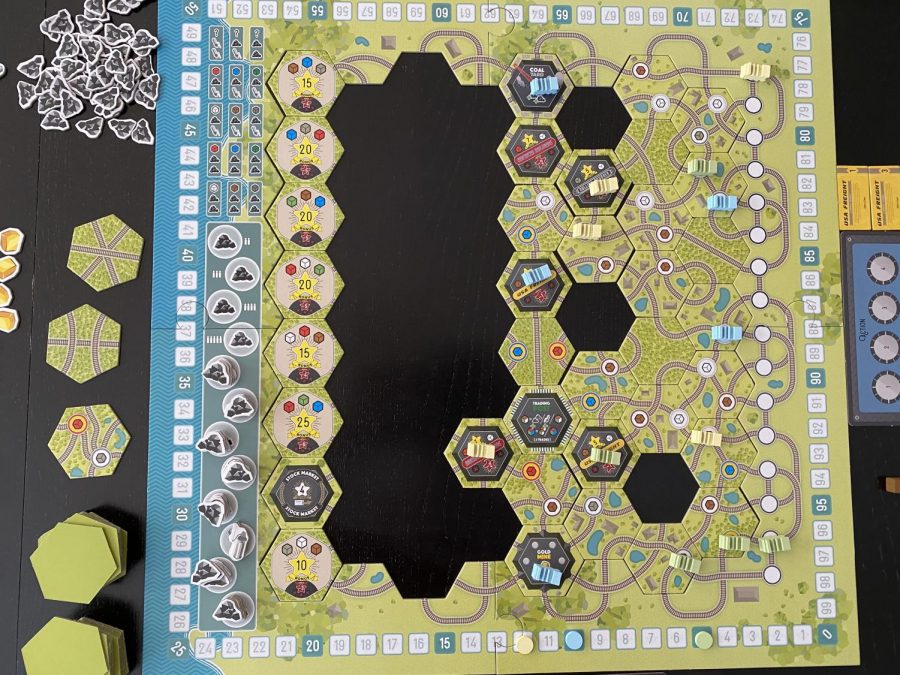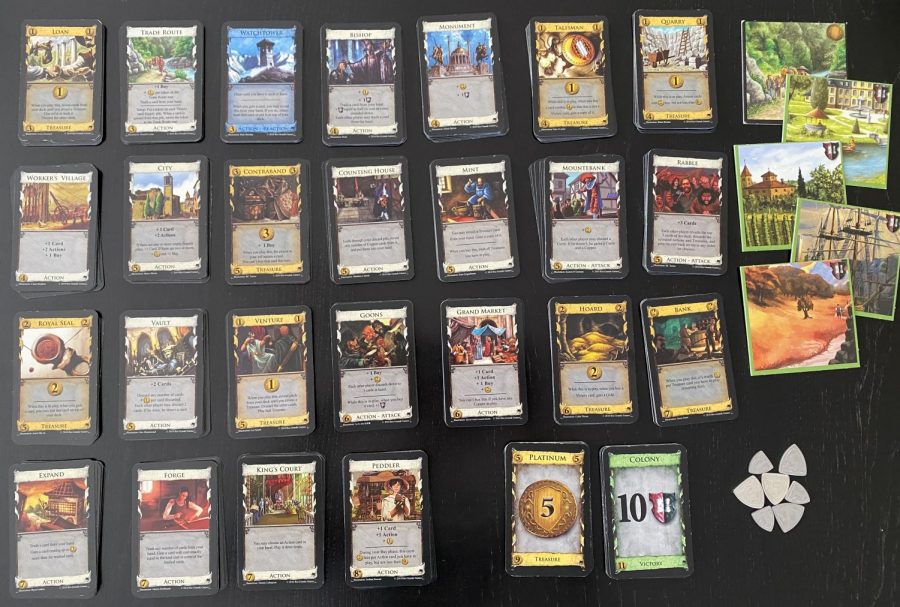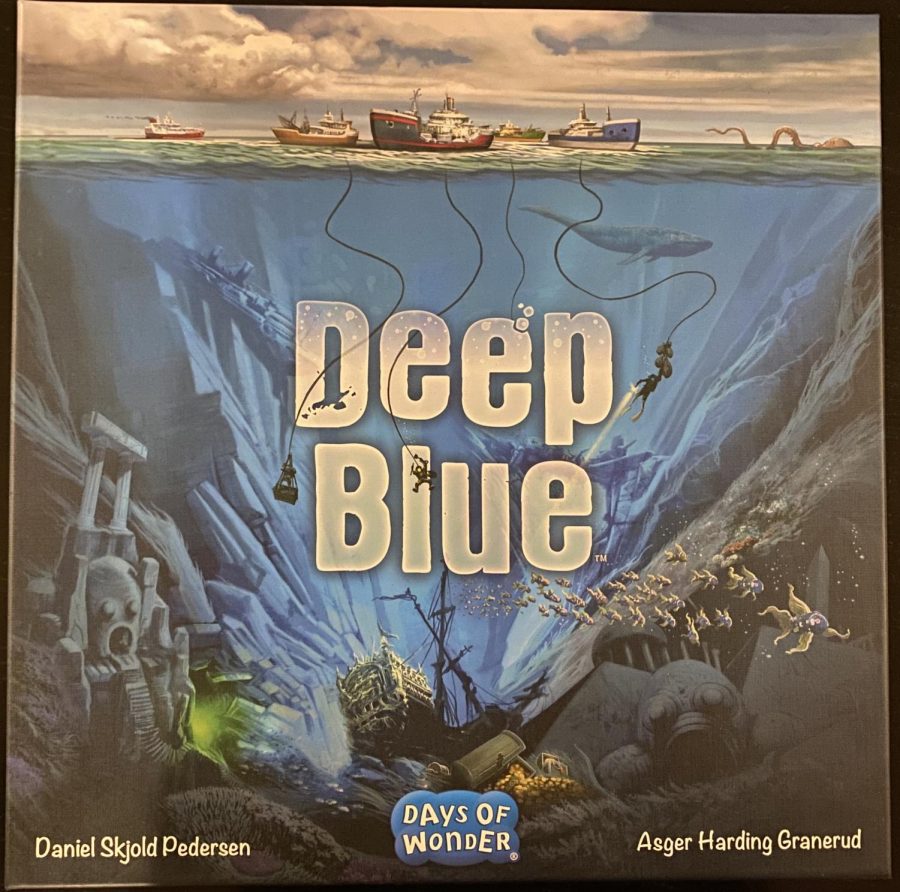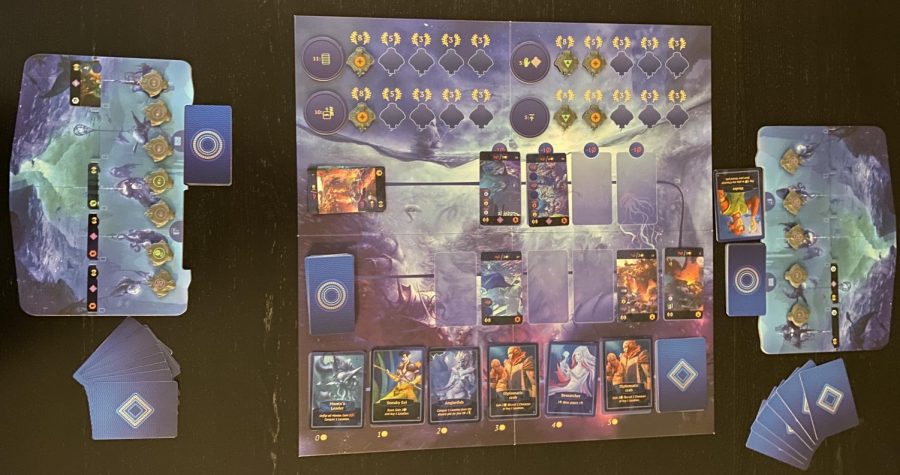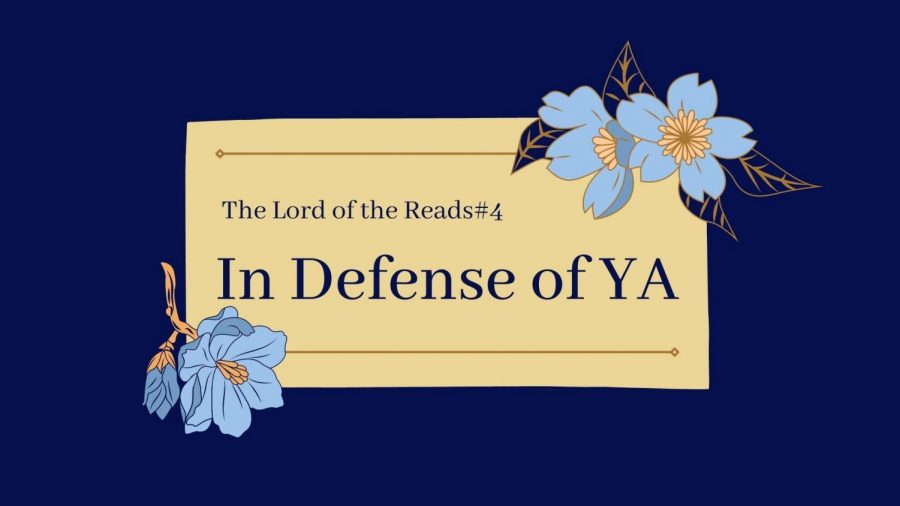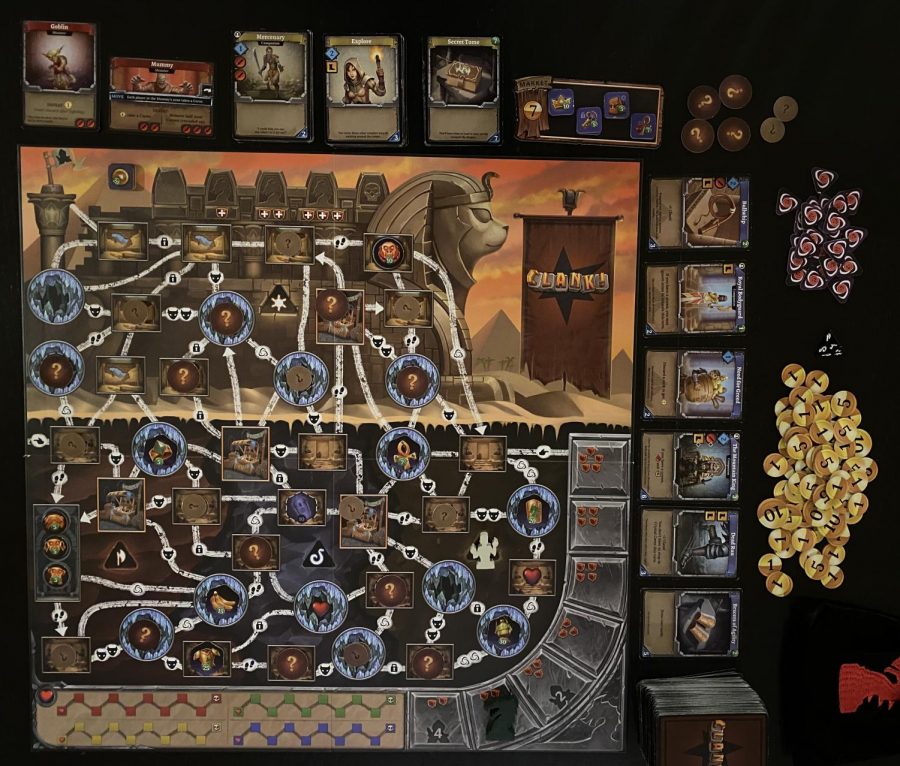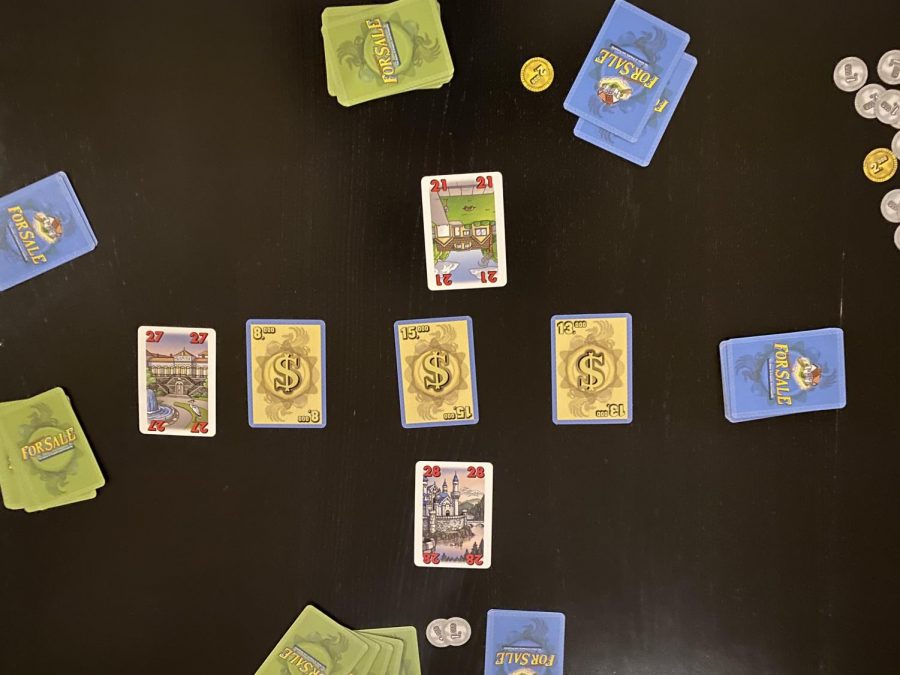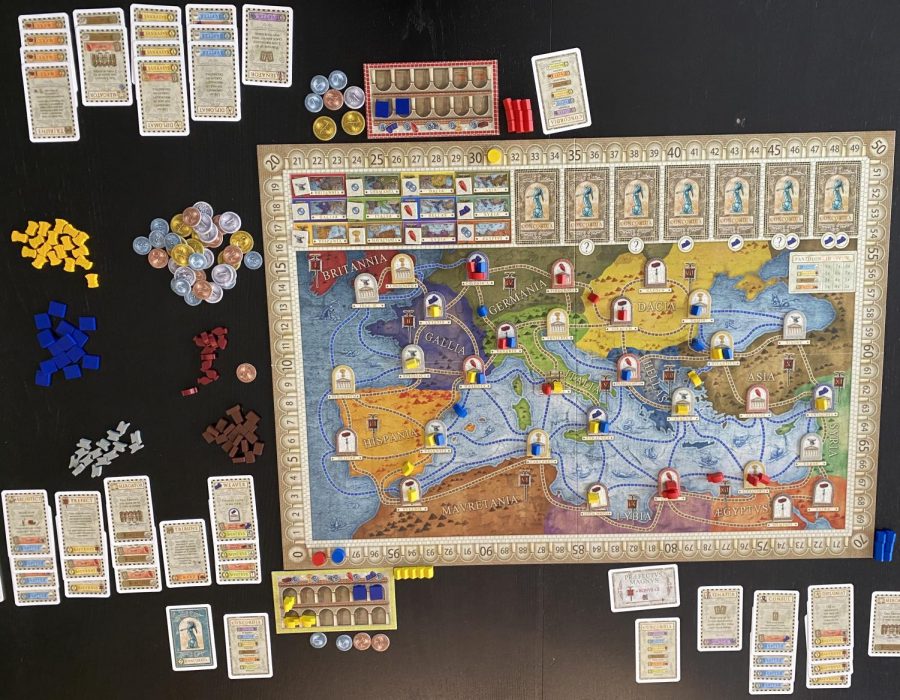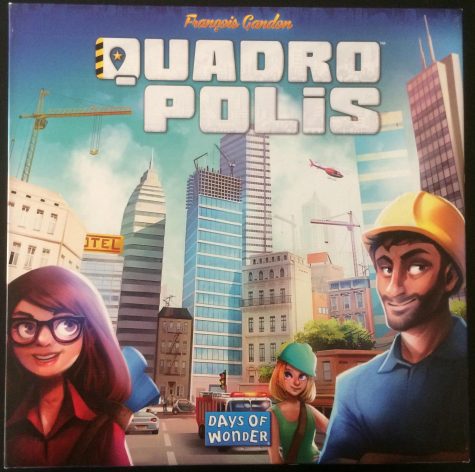
This week, we look at another Days of Wonder game, Quadroplis, designed by Francois Gandon. Quadropolis is a city-building game where players take the role of mayor and try to build the best city. While all players start at the same position, choosing buildings from a limited supply encourages each player to take routes through the game. Furthermore, the way you use your architects to select a building to put in your city requires you to plan ahead. Ultimately, there are six kinds of buildings, each with their own scoring method, so the player who best utilizes building combinations will be the winner.
The base game of Quadropolis allows you to play the classic game, expert game, and a mini-expansion. For this review, I’m only going to take a look at the classic game. I’ll use a slideshow of photos to show you how the game flows, and then I’ll give my opinion on it.
How to Play
Final Thoughts
I’ll start by saying that I really like this game for many reasons! Off the bat, the box cover looks excellent. Each player’s architects are different, but all look consistent. The artwork on the tiles is great, and the colors make it easy to differentiate the building types.
For components, you have those thick, durable tiles that are going to last a long time. All of the tiles for the round fit in a bag with enough room to mix them up and fit your hand in. A lot of games make bags that so tiny, but Quadropolis is not one of them. The people and oil are a nice translucent plastic, and all of the pointy plastic sticking off of them has already been cut off before you get the game. However, the real top component is the custom insert for this game. All the tiles fit perfectly into the insert, and they are sorted by round and game variation. The other components also have their space in the insert. The key thing here is that the game’s insert makes it easy to set up and clean up the game because it keeps all of the pieces organized. To get the insert to work, you will have to follow the cardboard punchboards, but the game tells you that.
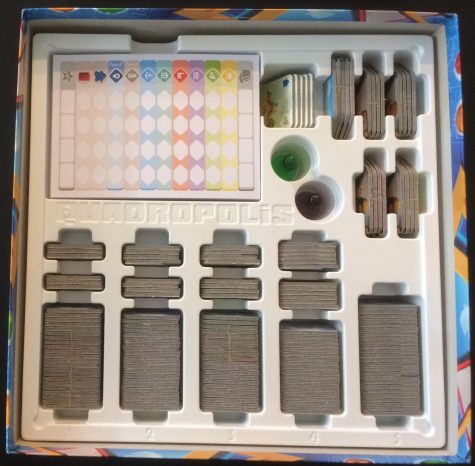
Now let’s get to the actual gameplay. First of all, I like the way the construction site operates. The concept of pointing the architect and using the number on it to determine what tile you get is unique to this game. And at first, it seems like it is quite easy, but the round gets much harder as it progresses. After the round is over, the board resets, players get their architects back, and things get easier again.
I like this mechanism because I have to think about at least three things on each turn. First, I have to think about what spot I am putting my architect because once I put my architect there, nobody else, including me, can place an architect there until the next round. Second, I have to think about the number on my architect. The number on my architect is going to decide which building I am taking. It will also determine the place in my city where this building can go. If I want to get, let’s say a factory, on a specific location, there are only one or two architect numbers that I can use to take the factory. Furthermore, I have to realize that when I use my architect, I will not be able to use that numbered architect again until the next round. The last thing I have to consider is where the urbanist is going to move because of my move.
A lot of the thinking you are going to do is planning ahead. You might have an idea of what tiles you want to take with each architect, but then you have to decide which ones are the most important and which ones you can leave behind. Adapting an effective strategy is extremely crucial because it is easy to get blocked from a tile. For example, I could put my architect on the spot that you wanted to put yours. Or I might take the tile you wanted to take. Or maybe the tile I choose moves the urbanist to a position that blocks the spot where you wanted to put your architect. You are not always going to block someone on purpose, but your move can be stolen whether the player meant to do it.
This mechanism works with all player counts. With more players, the challenge will come from having limited places to put your architect around the board. With fewer players, the problem is having an inadequate amount of buildings for each type, and lots of empty spaces. The urbanist is a more exciting piece in 2-player games because you can use it to set up your next moves, but I don’t mind it being a part of three or four-player games.
Connecting resources to power is also a neat twist for a city building game because you are trying to get the exact right number of resources. If you have too little, you won’t be able to power something, or your shop may not be full. If you have too many resources, you’ll be hit by a lot of negative points.
Now, if you think about the game, it does appear to lack replayability. The scoring is the same in every game, the tiles that come out every game are the same, and there aren’t many buildings that provide special effects or abilities. However, I think the game does have a lot of replay value. First of all, the theme answers a lot of these concerns. All of the scorings makes sense. All of the resources you collect and use to power different buildings work methodically. If any of that changed from game to game, the game would completely lose its theme. Quadropolis would not be as enjoyable if I sat there wondering why my factory gave me people or why I needed to put parks next to the harbors.
Apart from the theme, Quadropolis benefits from having the same tiles and scoring each game. The reason is that the game already has a lot of restrictions on taking a tile from the construction site to where I can place this tile in my city to get the right number of each resource. Adding a new restriction of adapting to a new setup would be too much. Instead, players can focus on doing better each game. A lot of people who play this game once will ask to play it again because they want to try to get a better score. Each play allows players to not only improve in the significant aspects of the game but also try out some of the different strategies. There are six building types, and they score differently, so there are a lot of things you can try out. Most games get replayability by changing the many aspects of the game each time, but when a game has replayability by changing nothing, that’s when a game has done a really great job.
Overall, I like the way you take tiles from the construction site, the challenge to get tiles in the best possible layout, and then the need to manage resources. I may have made this game seem complicated, but it is quite simple as you are just placing an architect, taking a building, placing the building in your city, and moving around your resources. Then you see how you did at the end of the game. It’s not easy to score a lot of points, but that’s why you want to keep playing it. Regardless of the number of players, it takes less than an hour to play.
You can find this game for about $40 and get your money’s worth as you aim to get higher and higher scores. When you think you’ve gotten enough, you can explorer the expert game and mini-expansion included with Quadropolis. Quadropolis is an excellent game that you need to check out because of its superb mechanisms, challenge to score more and more points, theme, and great artwork. Quadropolis earns a 9 out of 10 rating.

